








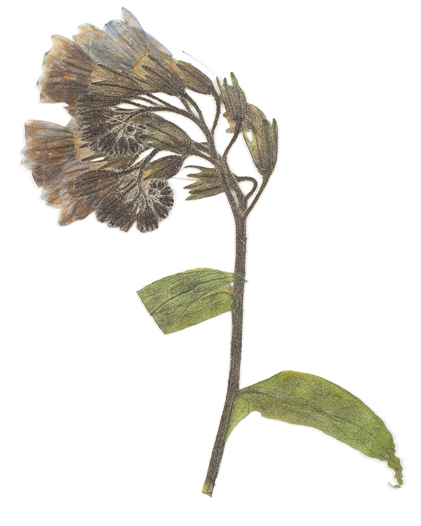 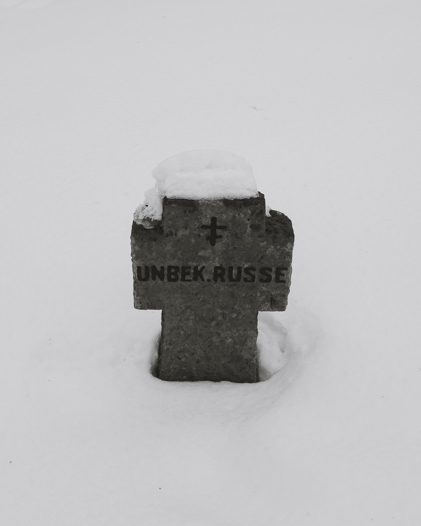 |
 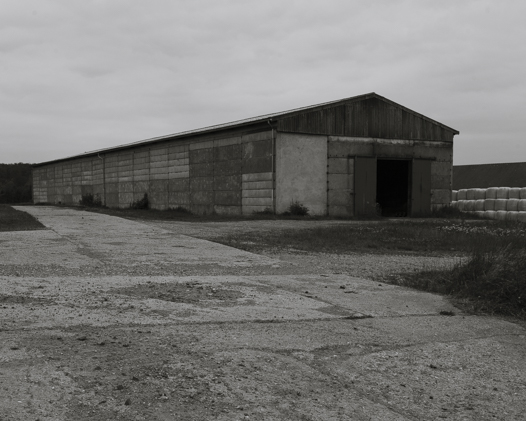 |
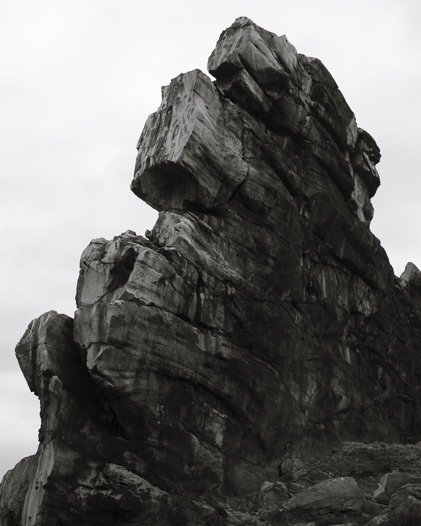  |
| These mountains and forests are entwined with German history and Germanic myths: according to legend, unicorns lived here and witches met to dance. Emperors resided here and the peasantry rebelled. The seemingly untouched forests and mountains were places of longing for German Romanticism. But place names such as Elend and Sorge still speaks of the exploitation of man and natur. Under National Socialism, caves and forests were used as concentration camps. After the war, the inner-German border crossed the mountains, and currently climate change is destroying the forest cover over large areas. The forested mountains once gave the low mountain range its name: Hart. Over time, this became the region's current name: Harz. The series Hart deals with a wide concept of landscape, which includes socio-cultural, economic and ecological contexts as well as the manifold interaction between man and environment in the landscape. The combination of documentary photographs with collected plants and objects represents an archive that documents and reflects the identity and condition of a region and a society. |
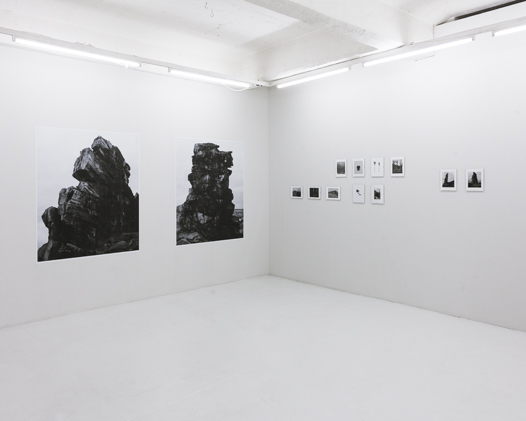 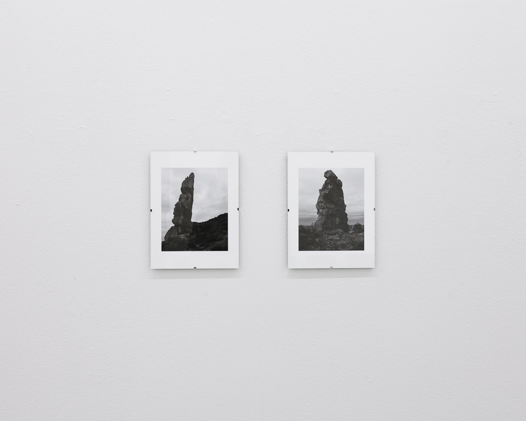 |
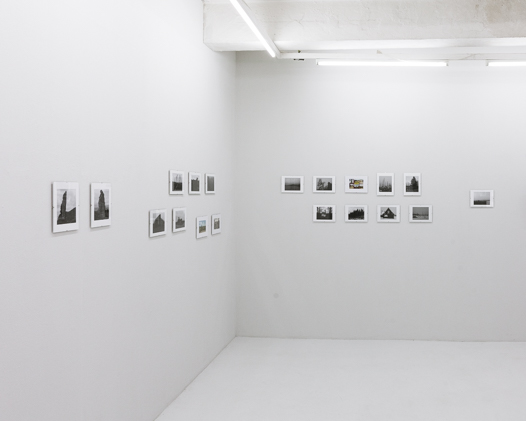 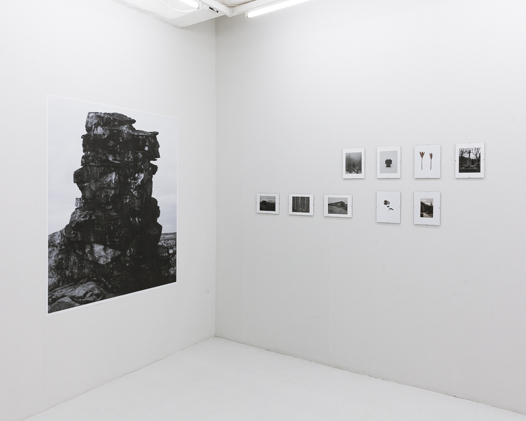 |

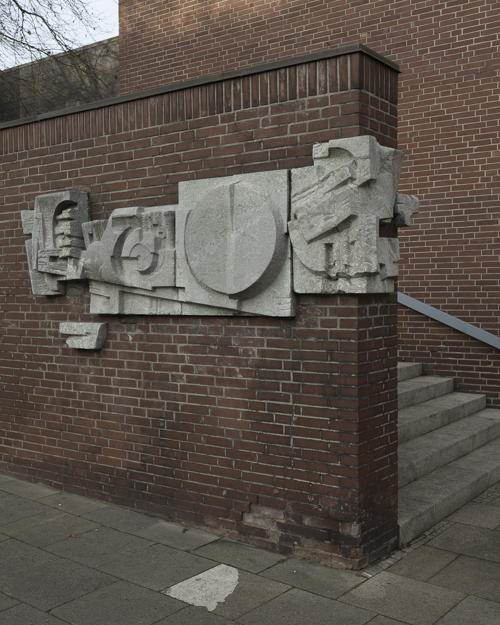 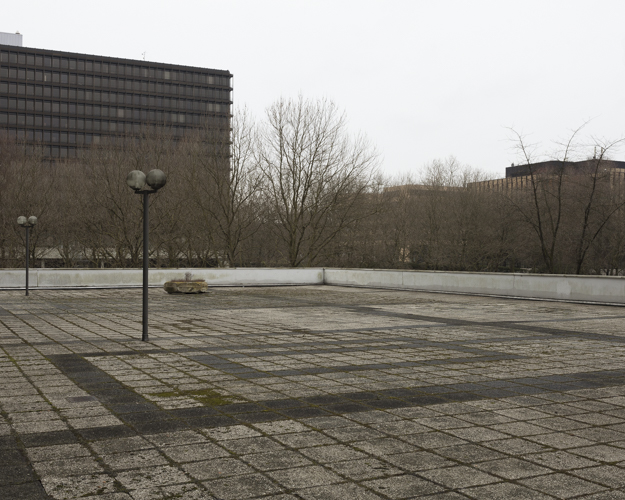 |
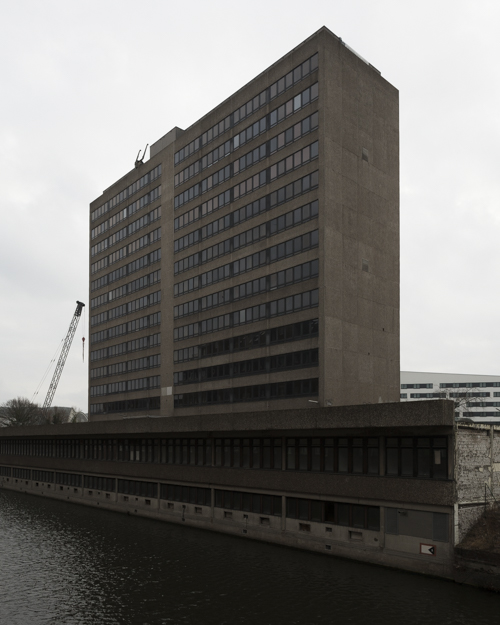 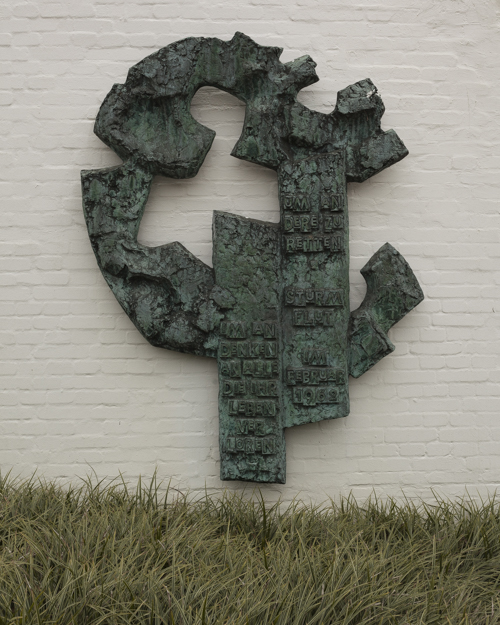 |
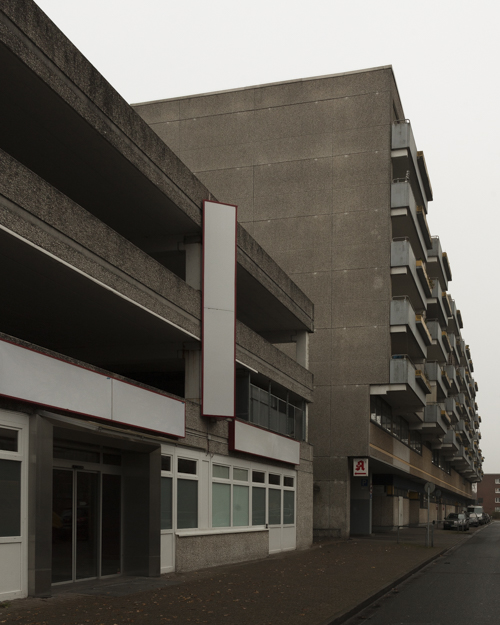 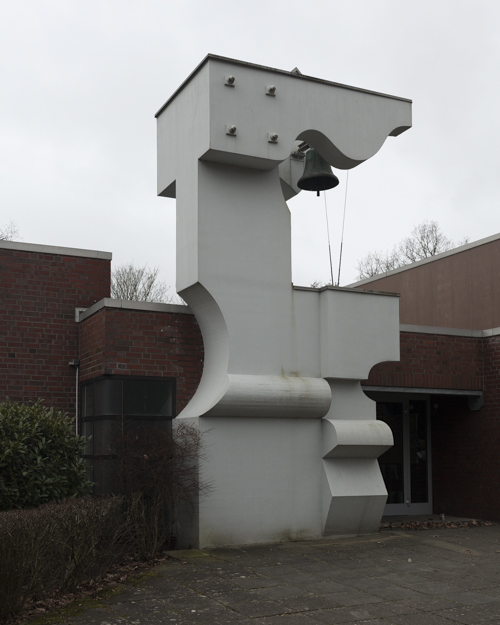 |
| The photographic work ‚centrum‘ explores the hidden elegance and the contemporary historical role of the post-war modernist architecture in Hamburg, Germany. The exhibition deals with the urban structures and the image of the society in a West German city. |
  -> Order the zine by mail -> Order the zine by mail
|
  |
  |
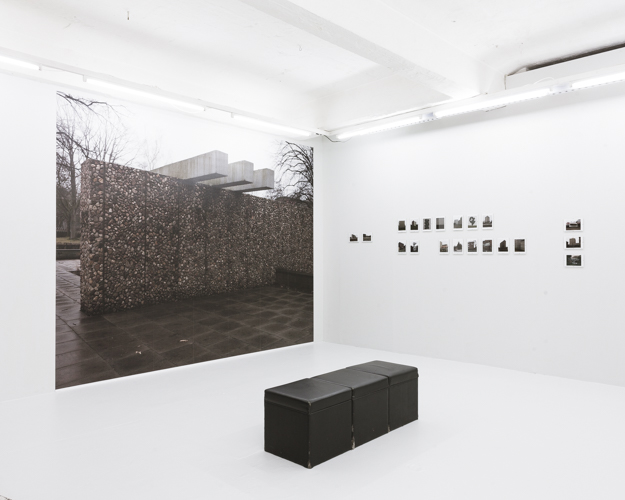  |
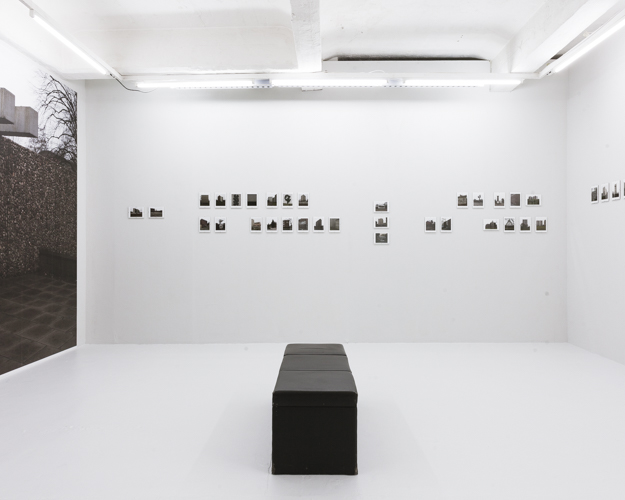 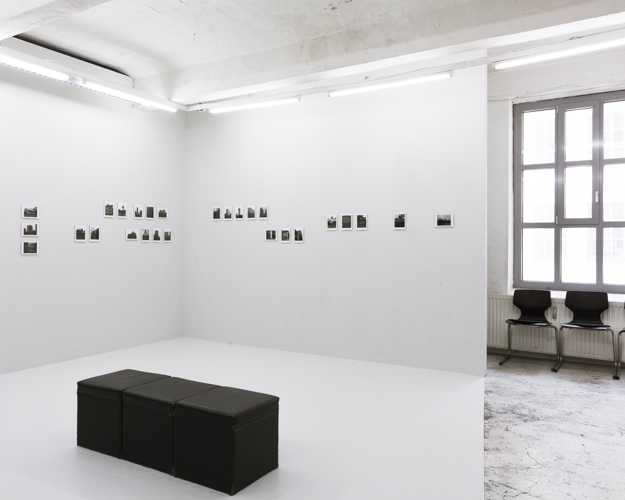 |

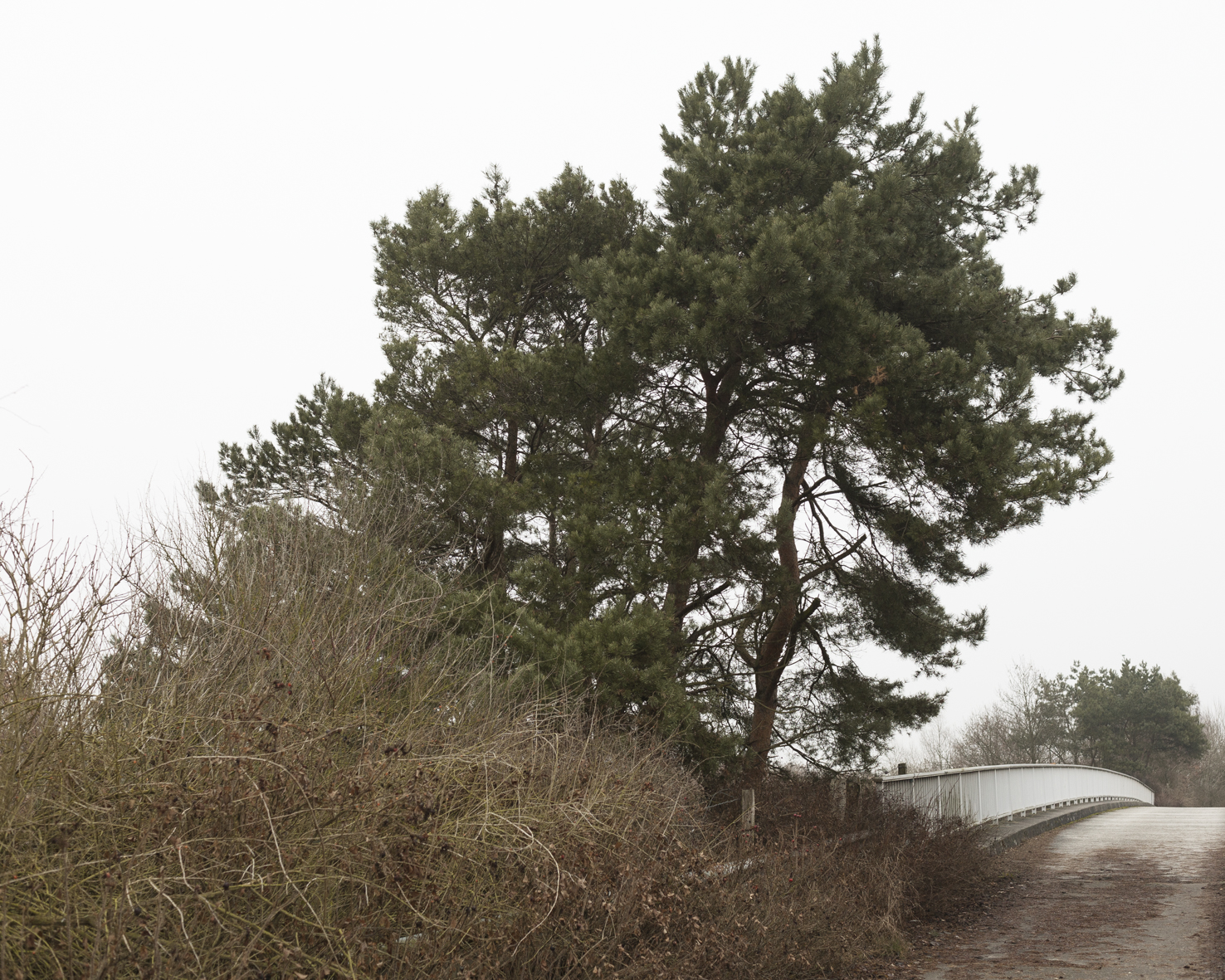  |
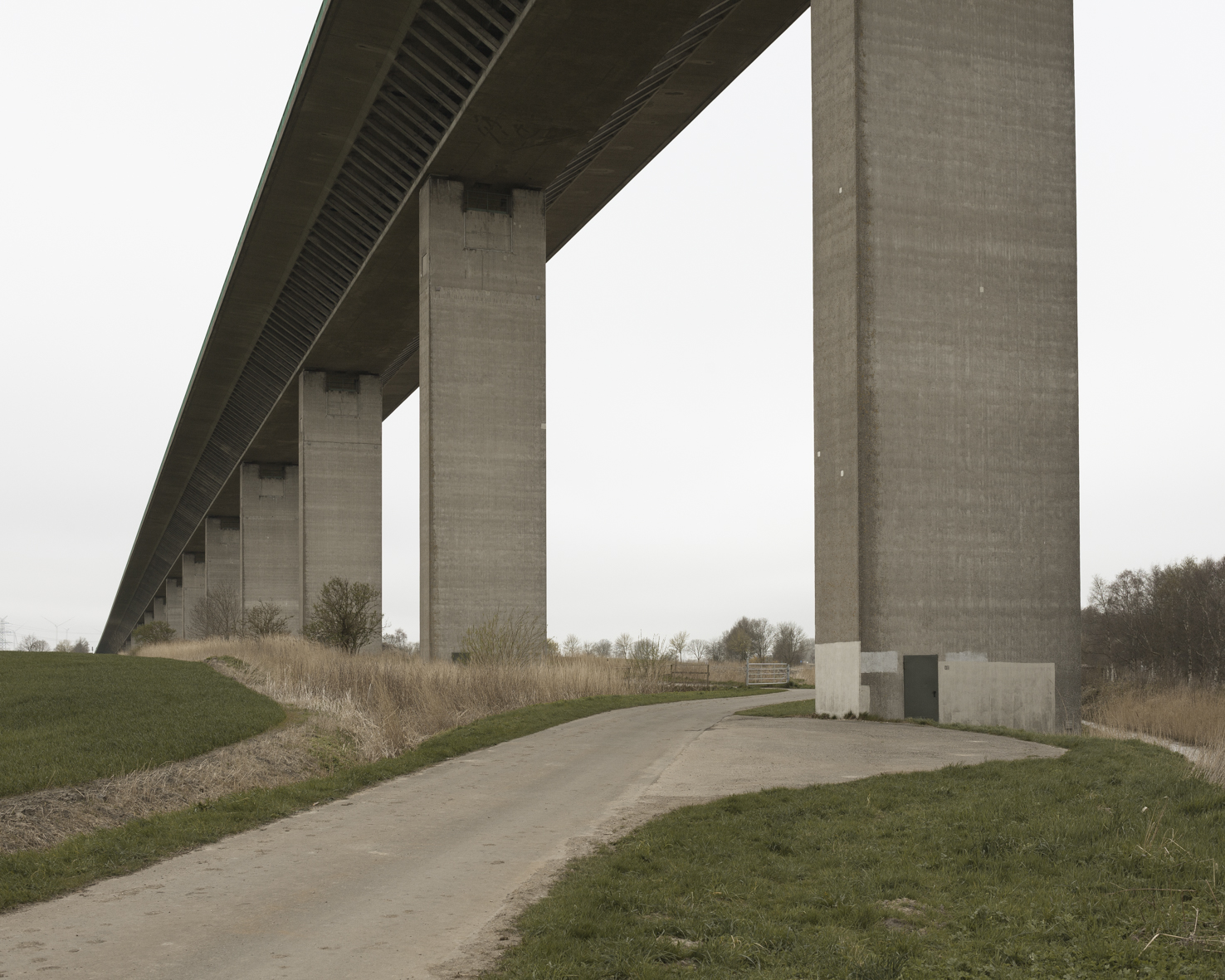  |
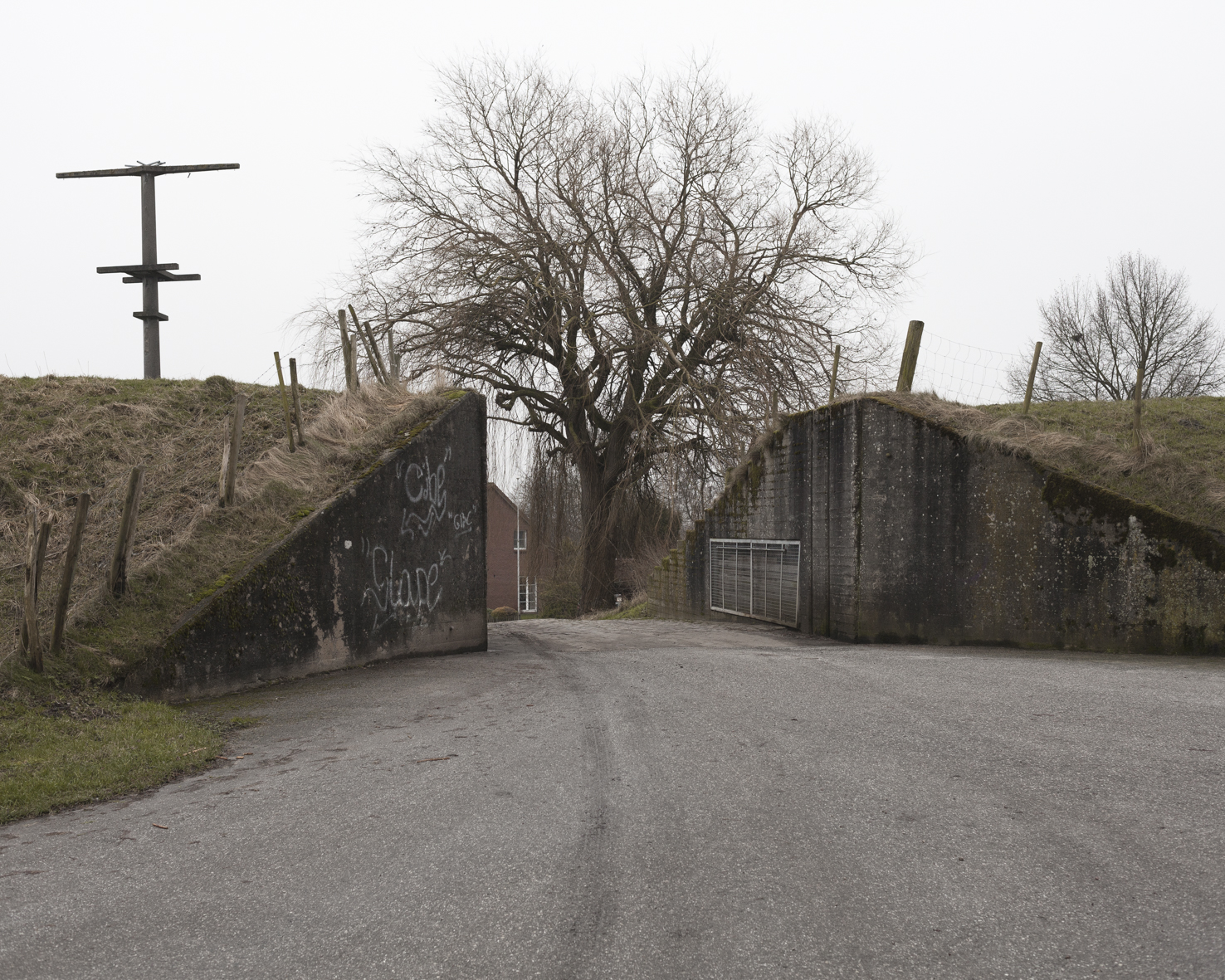  |
| The
series works with a wider definition of landscape, which includes
socio-cultural and economic contexts and the divers interaction between
mankind and nature in the landscape. In this way, this work captures a
brittle, often melancholic beauty of the banal and the ordinary.
Through a laconic photography of a laconic landscape, the series tells
us about the structures and sensitive contexts of our society and how
it creates its environment. |
 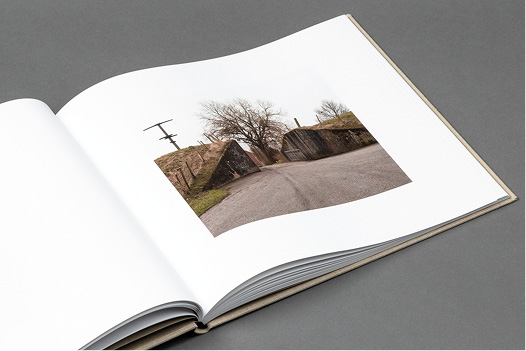 |
  |
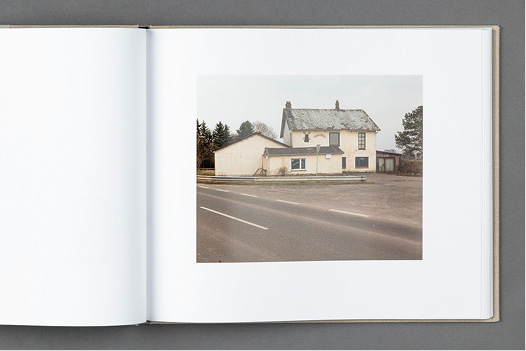  |
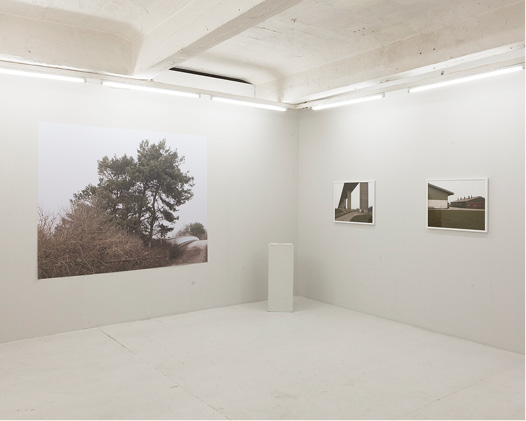  |
 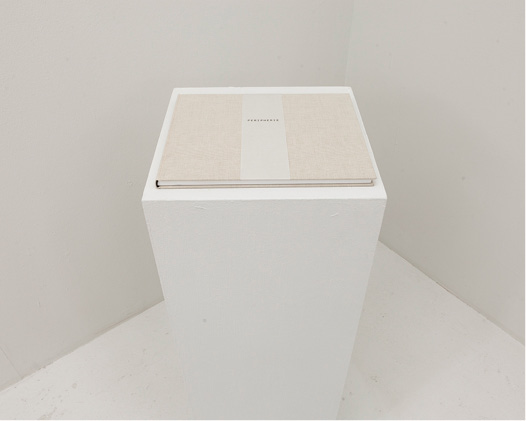 |

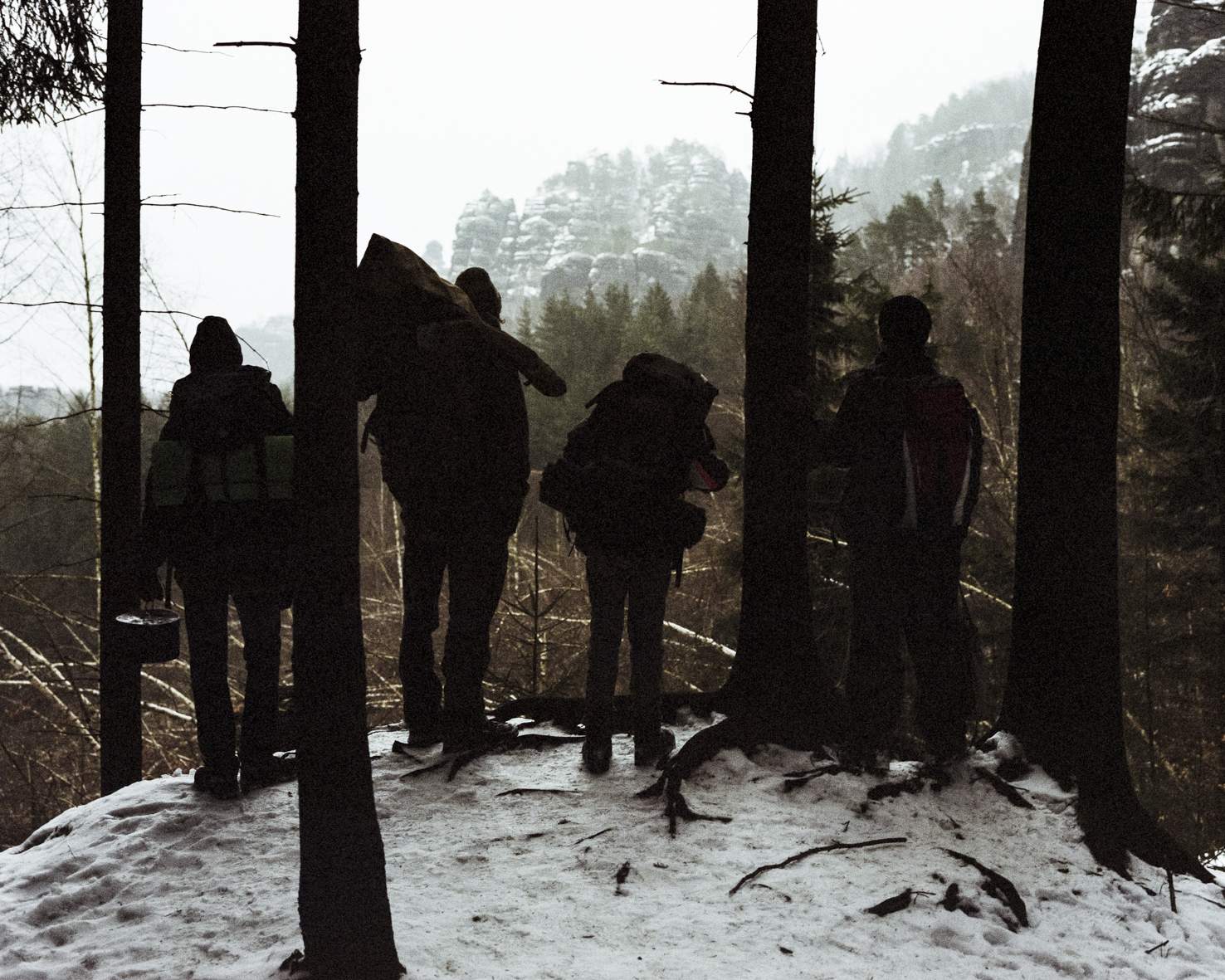 |
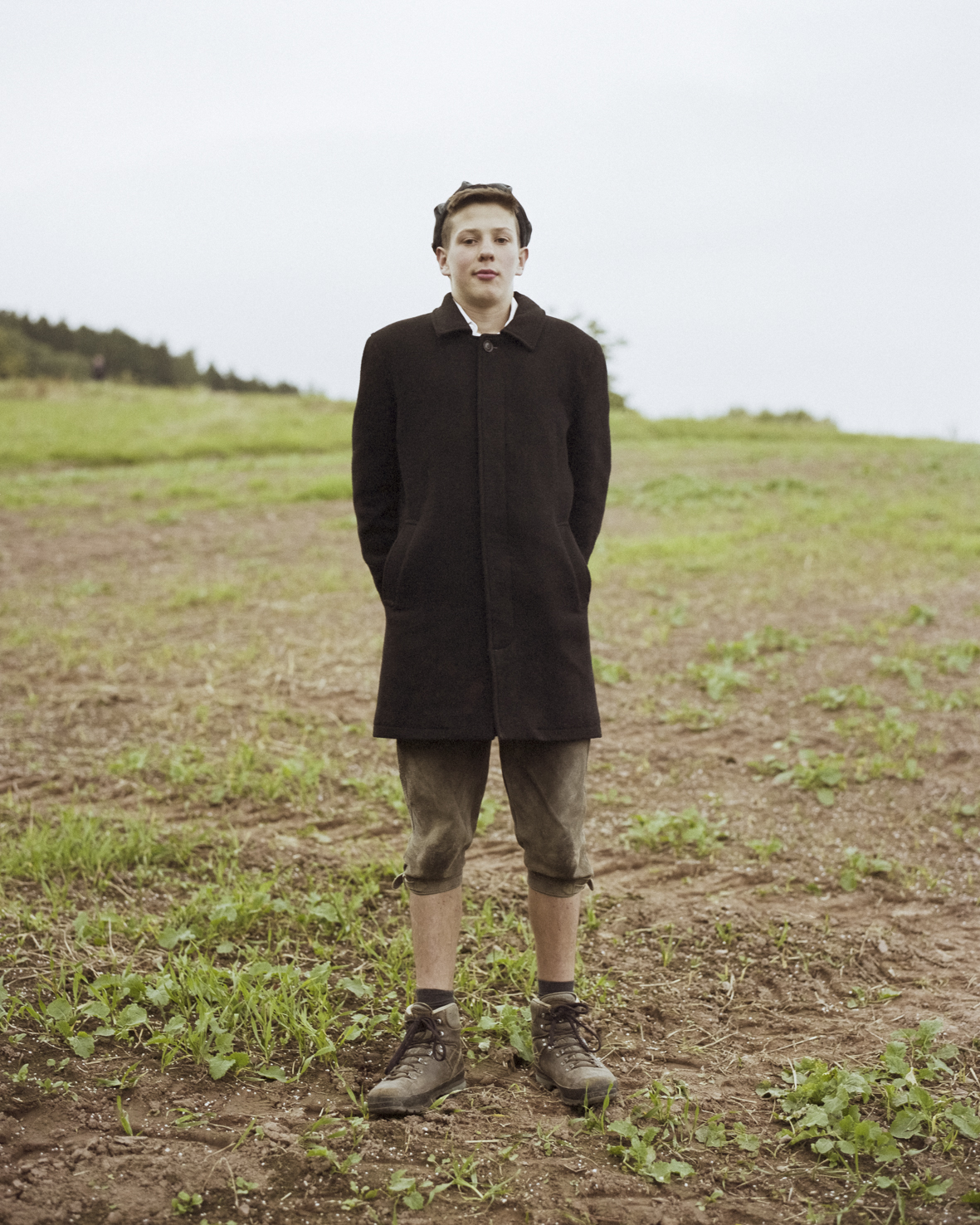  |
 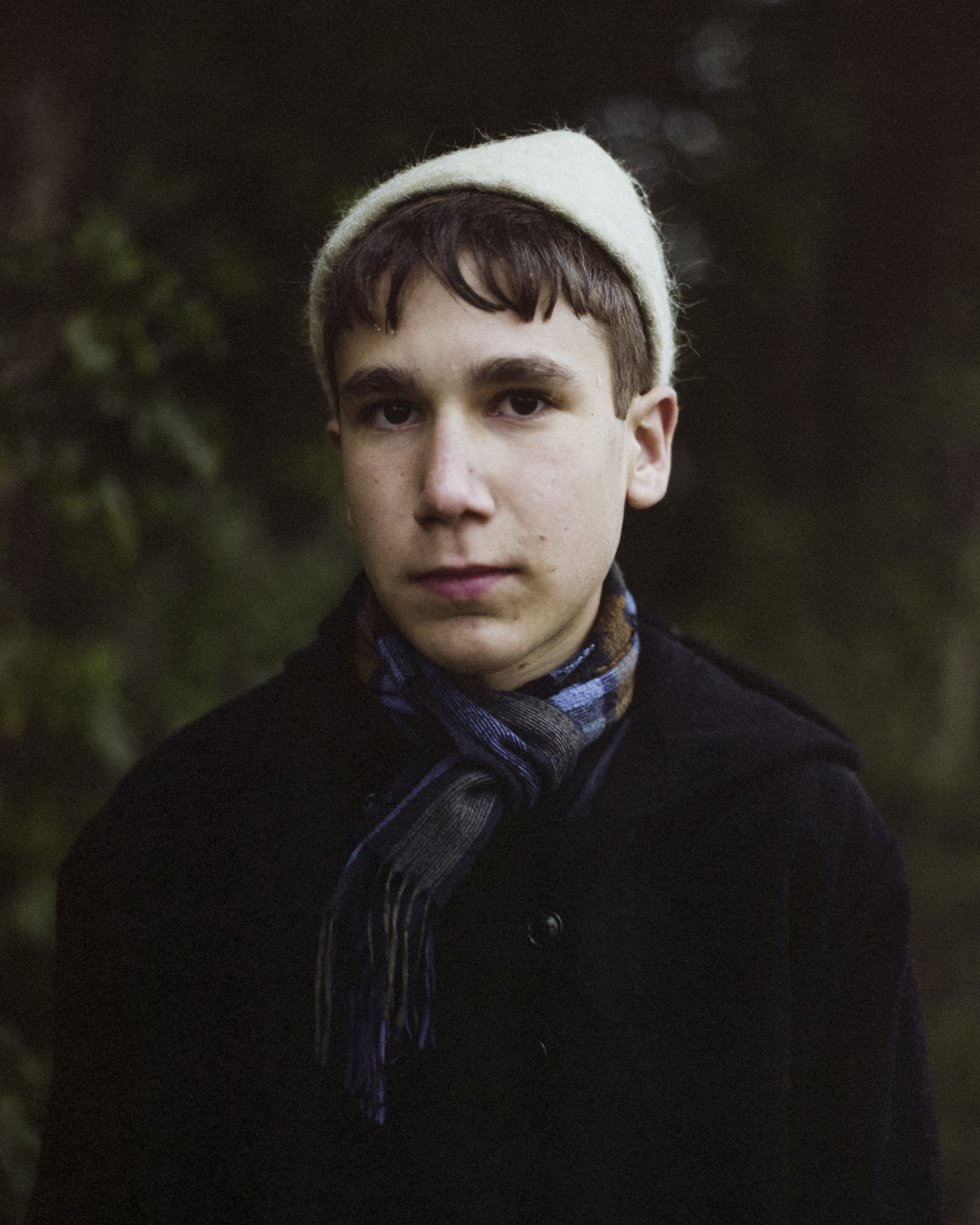 |
| The Bündische Jugend is a youth movement that was started at the beginning of the 20th century and represented the rise of the youth to a self-empowered life. Over a hundred years later, this movement still exists. Janusz Beck documents the unique position of the Bündische Jugendbewegung in today's society and provides an impression of a world of young people that is not very present in the public mind. He creates insights into a youth culture that is seeking a youth-specific way of life by living simplicity and being connected to nature. |
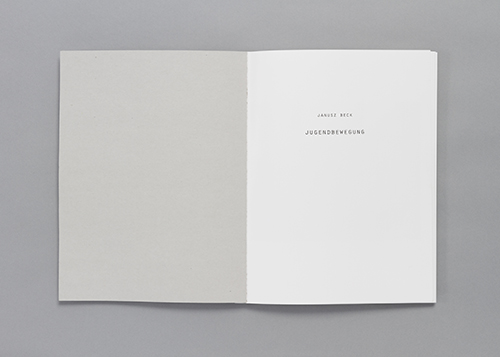 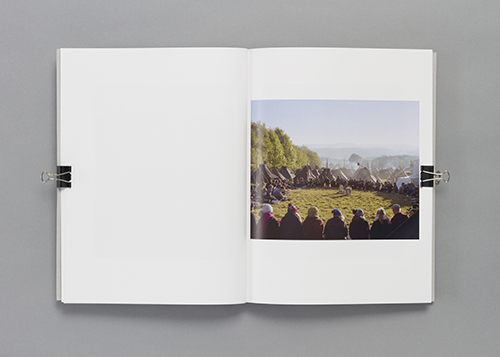 |
 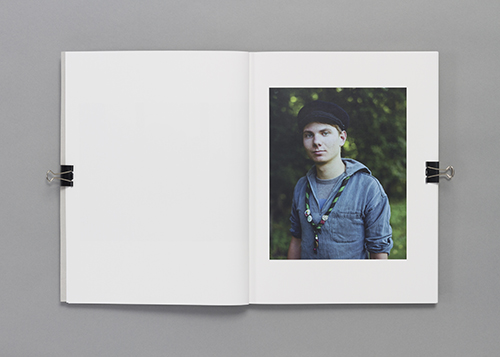 |
 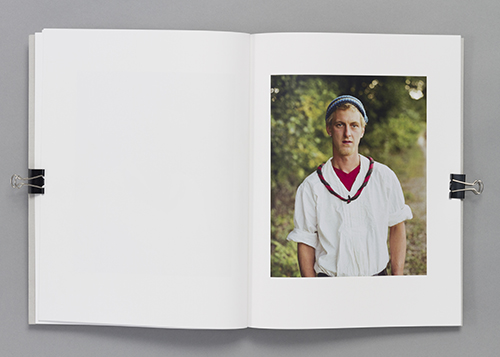 |

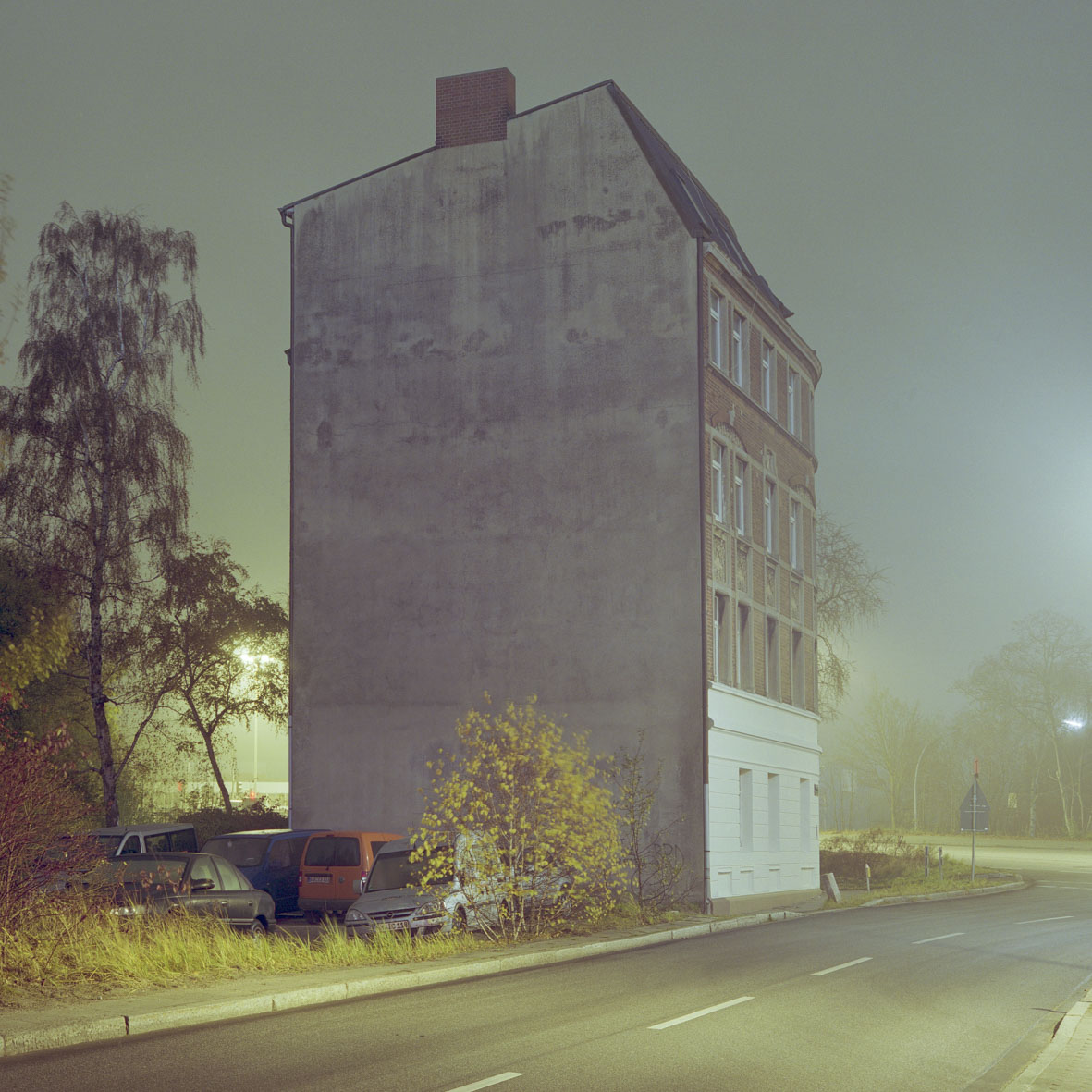 |
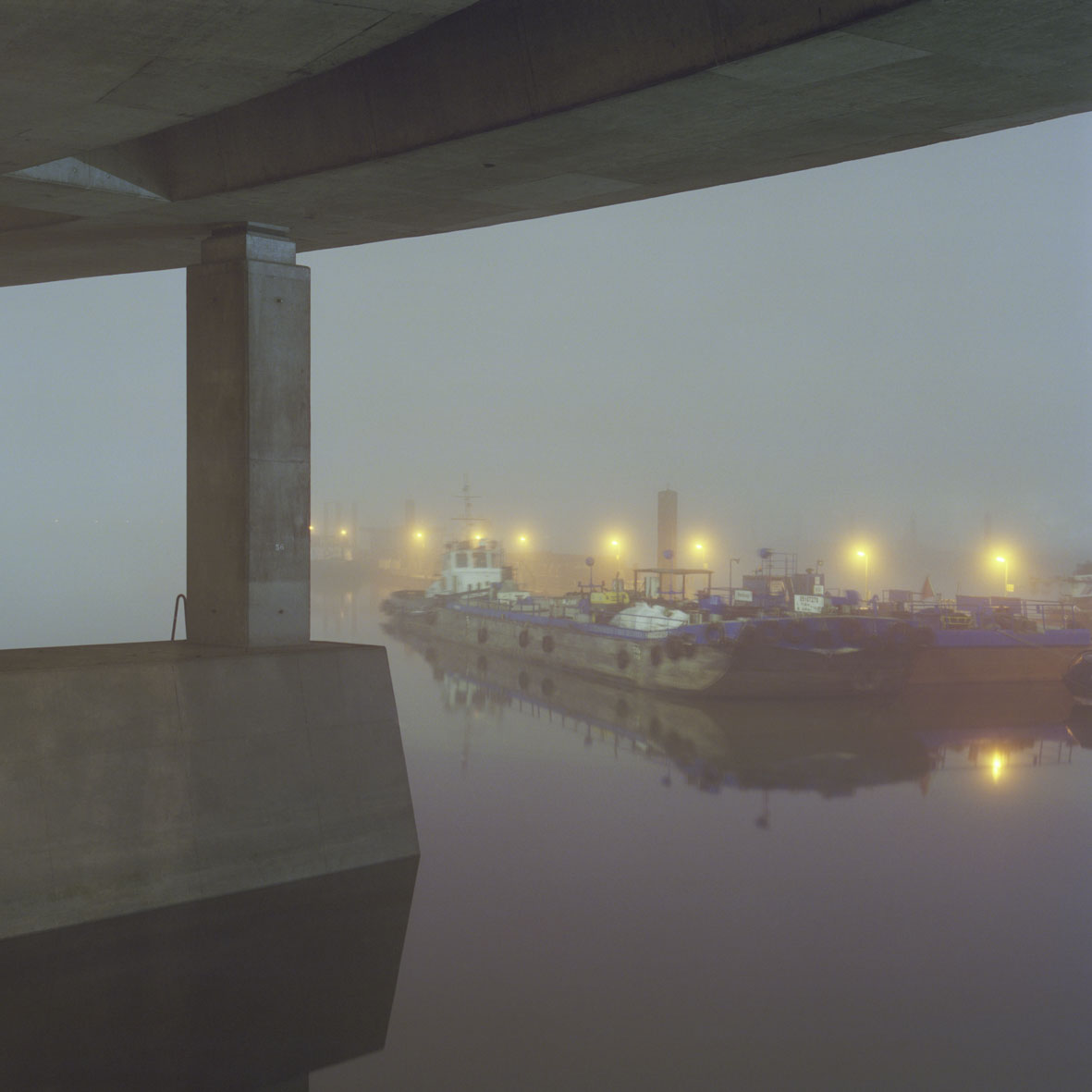  |
 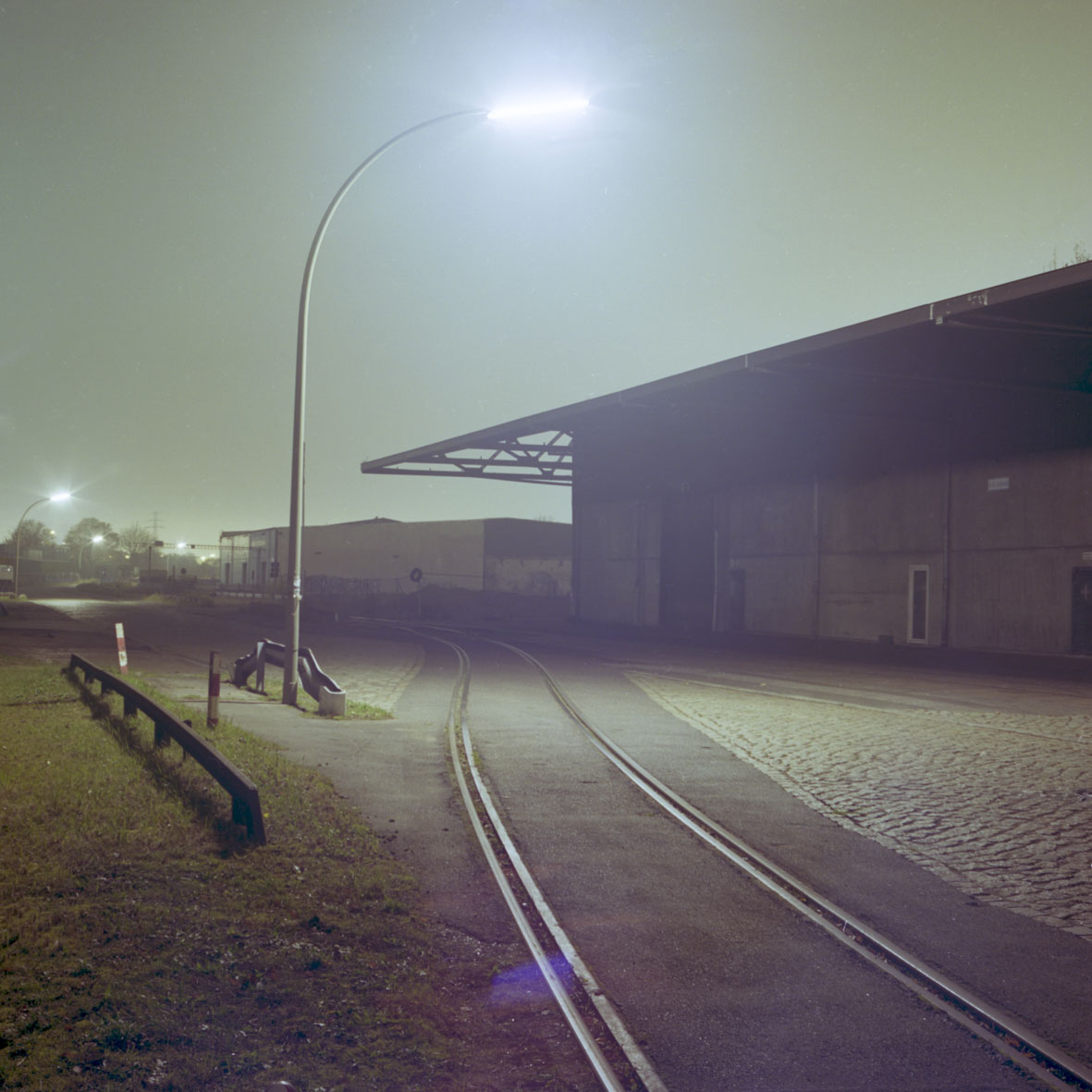 The work Hafenrand is
an exploration of the area between residential districts and old
harbor docks. It shows an urban landscape that was formed by the work
in the harbor for more than hundred years and is now in the process
of disappearing.
|
 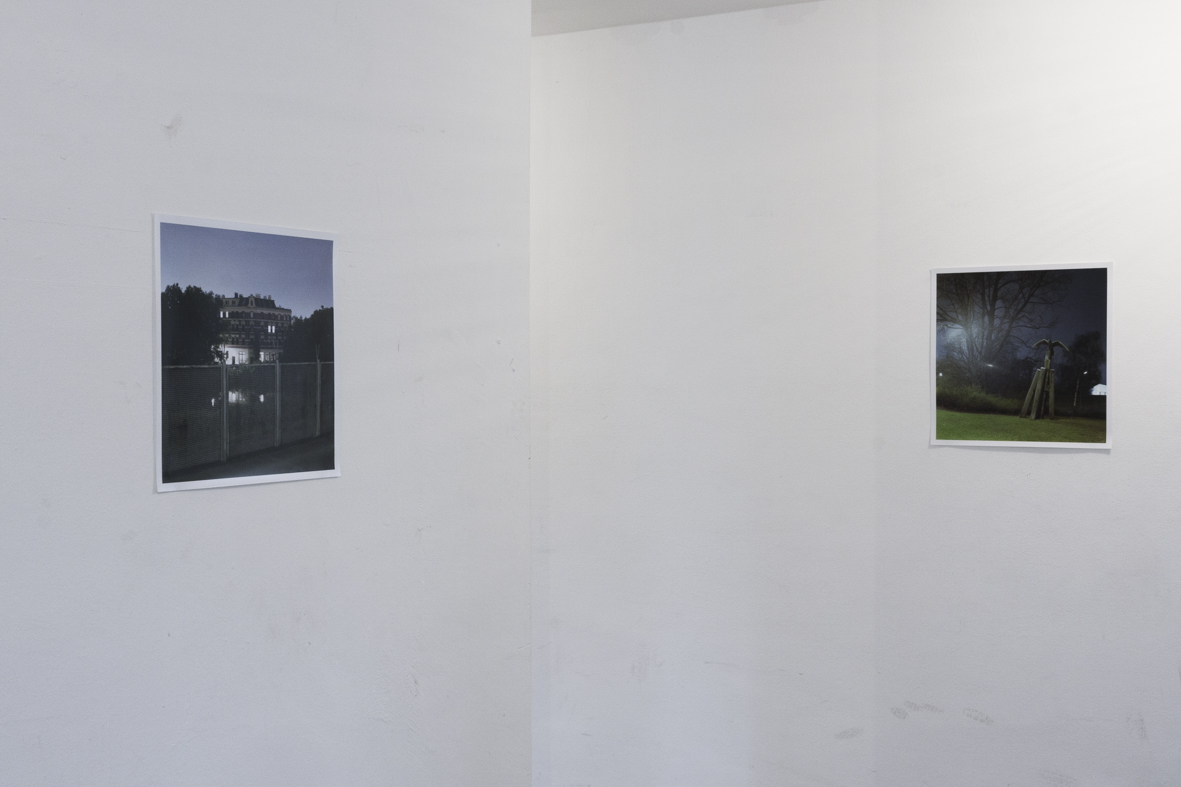 |
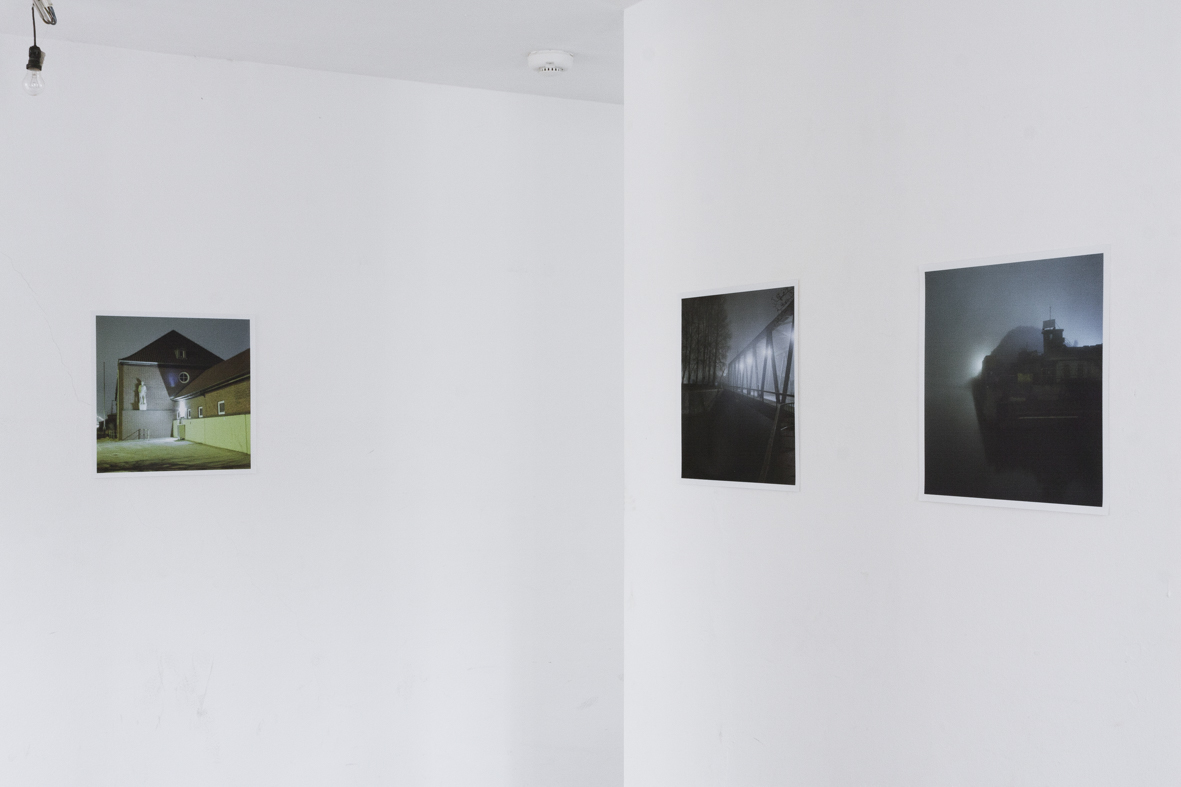 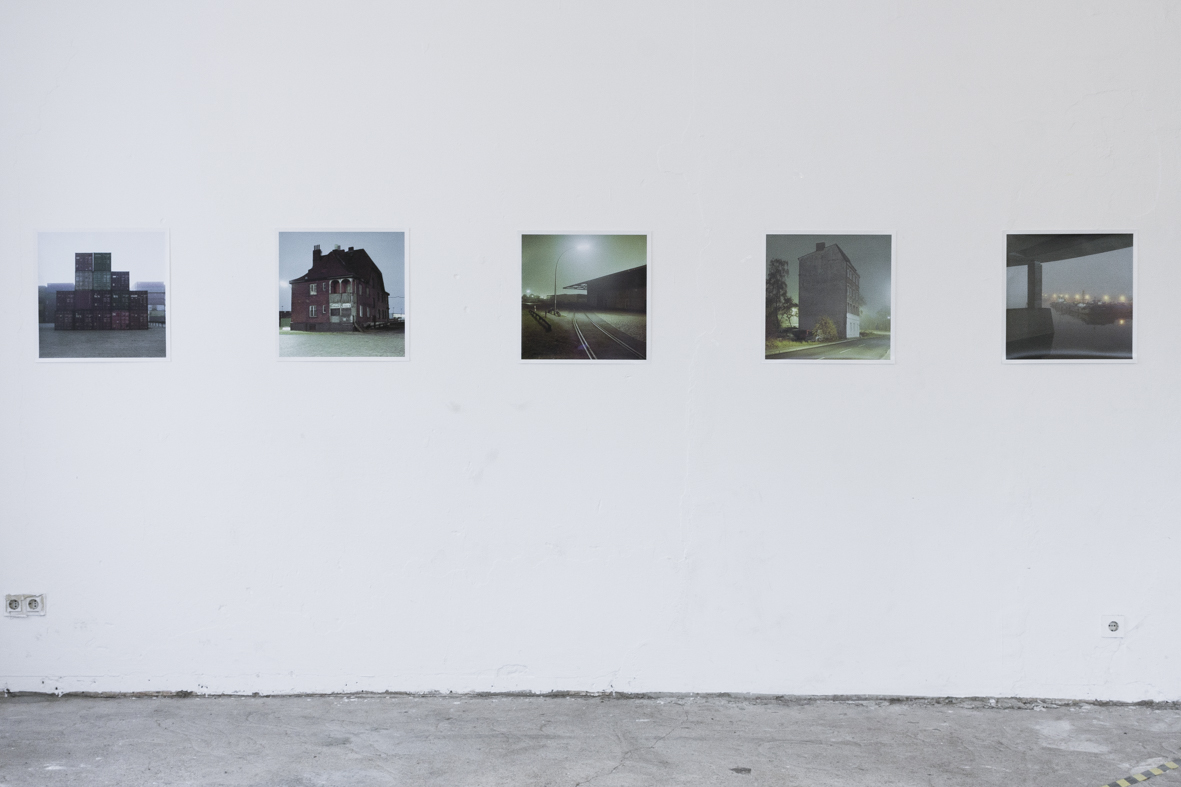 |